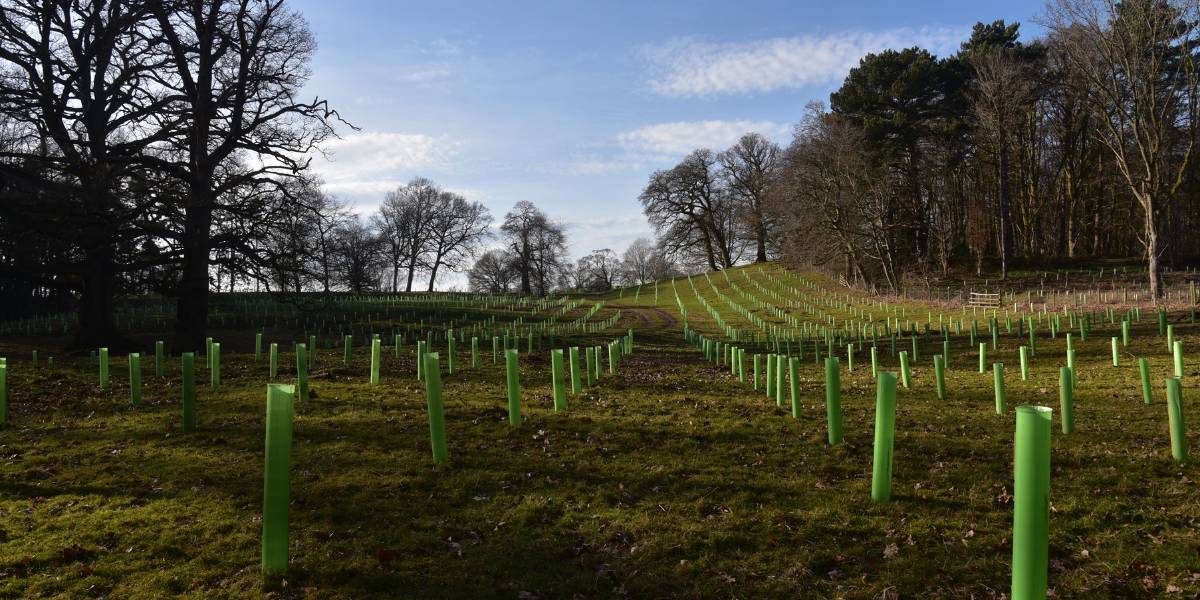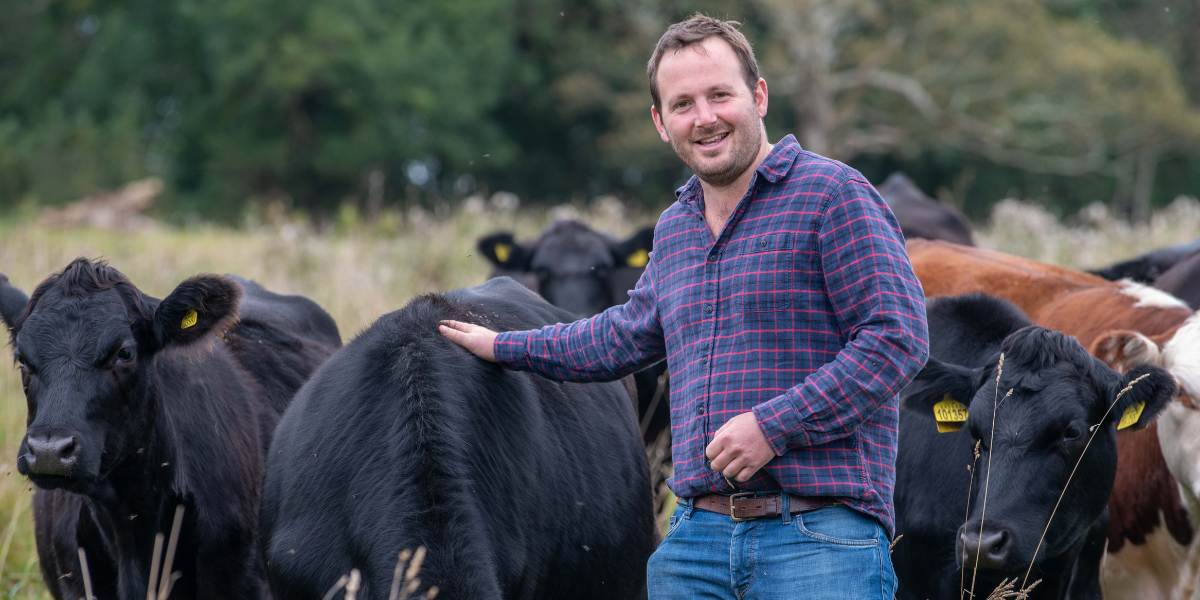The Wilder Landscape in 2023

The Wilder Landscape in 2023
By Luke Dale-Harris
The new year has arrived and things are off to a flying start at Farm Wilder – before January is up, we will have launched into restaurants and pubs from Devon to London, spoken at conferences around the country, and increased the amount of beef we buy from our farmers threefold compared to this time just last month. But before 2023 begins in earnest, we thought it would be a good idea to draw breath and consider some of the changes we are hoping to see on our farms, and in the parts of the food industry that we work with. After all, as a non-profit social enterprise, encouraging change is the reason Farm Wilder exists. And along with so many others working in the environmental sector, we feel that every year the challenge gets both more urgent and the way through it seems clearer and more achievable.
So, in no particular order, here are a few of the things we are looking forward to seeing.
Silvopasture

Building trees into farming systems has long been a particular interest of ours. In so many ways it is a no brainer – trees are a core feature of the ecosystems that livestock evolved to inhabit, providing the animals with everything from nutrient and mineral dense food to shade and shelter. At the same time, planting trees in pastures radically transforms the wildlife habitat, opening up nesting and feeding opportunities for a whole world of birds and invertebrates that can’t survive in open grassland alone.
In the last two years, three of our farms have introduced silvopasture and this winter another two will start planting. Even this early on in the life of the trees, it has been so exciting to watch the speed at which new wildlife starts to arrive. In the first years after planting, the trees are tiny as they spend most of their energy growing their roots, and the planting areas are fenced off to keep livestock from damaging the trees. But still the birds arrive on mass, with kestrels and barn owls feeding on small mammals hiding in the ungrazed grasses around the trees, meadow pipits and linnets feeding on grass seeds through winter months, and goldfinches flocking to the docks and thistles that grow unchallenged in the long grass.
This year, with trees starting to grow faster, we hope to see the first birds arriving to nest in the quicker growing shrubs like willow and hawthorn. We’re keeping our eyes open for willow warblers and chiffchaffs in particular.
Herbal Leys

Increasing diversity in grasslands is one of the central requirements of the Farm Wilder Standards, and herbal leys are an incredibly effective way of doing this quickly, productively and across vast tracts of land. Unlike species rich meadows, which are usually old, undisturbed, and relatively unproductive pastures, herbal leys are multispecies seed mixes, usually sown into rotational farmland. With a diverse range of plants, from nitrogen sinking legumes like red clover and bird’s-foot trefoil to deep rooting herbs like chicory and plantain, they are the farmers’ friend, often yielding similar forage levels to intensive grassland while rebuilding soil health and eliminating need for costly and polluting fertilisers. And, in stark contrast to most conventional farming systems, they are also a boost for nature, providing vast habitat benefits to a world of wildlife. Dozens of butterfly and moth species, from meadow browns to marbled whites, feed on the pollen and nectar of the herbs and legumes, while birds like skylarks feed their checks on the invertebrates the leys support above ground, and starlings and other thrushes on the grubs below the surface.
Many of our farmers are introducing new areas of herbal leys this year, from Russell Retallick on Dartmoor who, since joining Farm Wilder has been gradually replacing his conventional pastures with diverse leys, to Sam and Jess Moore on the edge of Exmoor, who in 2023 plan to restore well over 100 acres of degraded arable by sowing herbal leys and mob grazing cattle across them for Farm Wilder.
New Farmers

With demand for our beef increasing, we’re on the hunt for new farmers in and around Devon at the moment. This is never easy – all of our farmers need to be 100% pasture fed, managing and/or actively restoring areas of ‘priority habitat’ such as species rich meadows and wood pastures, and farming regeneratively to our Standards. As the regen farming movement picks up steam, there are more farmers who tick all these boxes each year, but they are still relatively few and far between.
In January and February, we’ll start working with two amazing farmers on Bodmin Moor; Yan Swiderski at Hametethy Farm, who is rewilding 600 acres of grassland on the western edge of the moor, and Ben Thomas whose cattle start life on the National Nature Reserve of Goss Moor before moving on to finish on his regen system on the southern slopes of Bodmin. We’ll also start working with National Trust tenants who are restoring wildflower meadows along the North Devon coast, a Dartmoor farmer grazing some of the country’s most valuable cuckoo habitat, a farmer in North Devon introducing regenerative systems to his family farm, and an Exmoor farm who is bringing trees back into a part of the landscape too long denuded.
Less but better

We’ve long talked about how if livestock farming is to be a force for environmental restoration rather than damage, we need to eat much less, but much better farmed meat. The challenge is how to build this ethos as a business model for an organisation that sells meat for a living…… and how to encourage others to follow the same principle. So it’s really exciting to have a few products going out in early 2023 that make the less but better ethos a reality, and in doing so bring the price of Farm Wilder products down to a level that allows us to sell into markets normally inaccessible for organic and properly sustainably produced food.
Really exciting is our venison and beef mix, which we are using to make pasties with Chunk of Devon, and will be going into pies and ready meals with two London based companies in early 2023. From our point of view, mixing venison and beef is both a way to get people to eat more wild-shot venison, which as we pointed out before is so needed to protect our woodlands, and to reduce the price of Farm Wilder meat for a wider market. From the pasty, pie and ready meal makers' perspective, it is a way of getting a really excellent, nutrient rich filling for their products.


